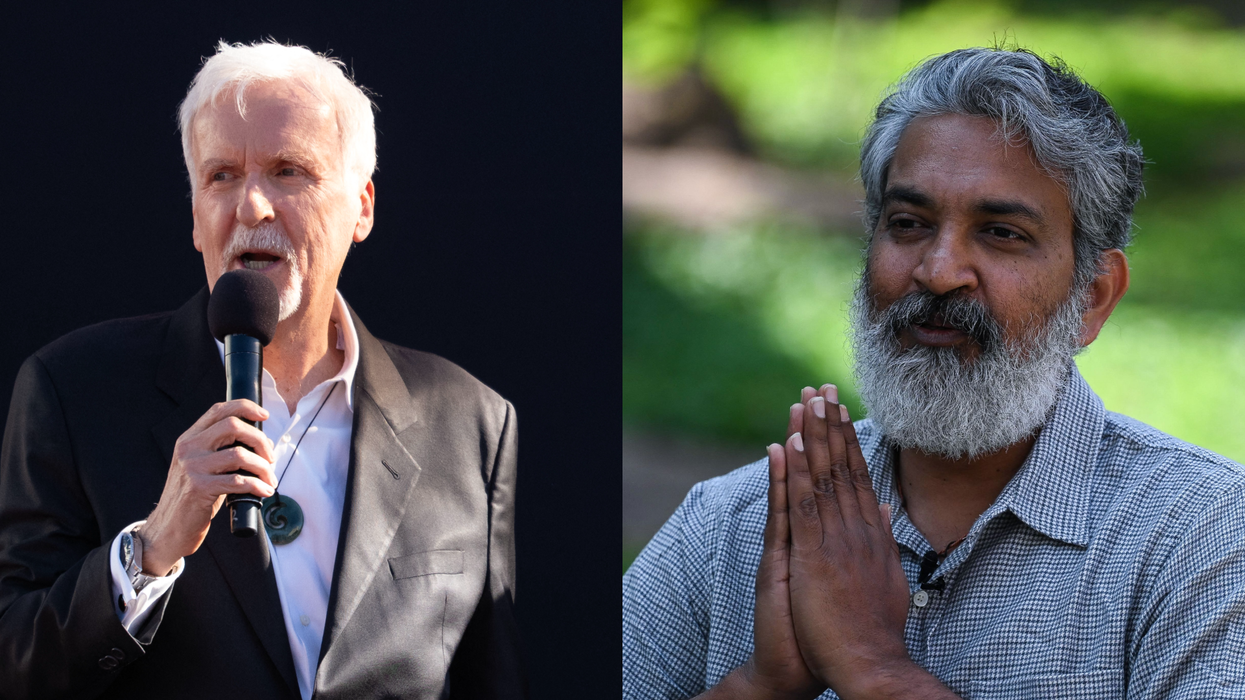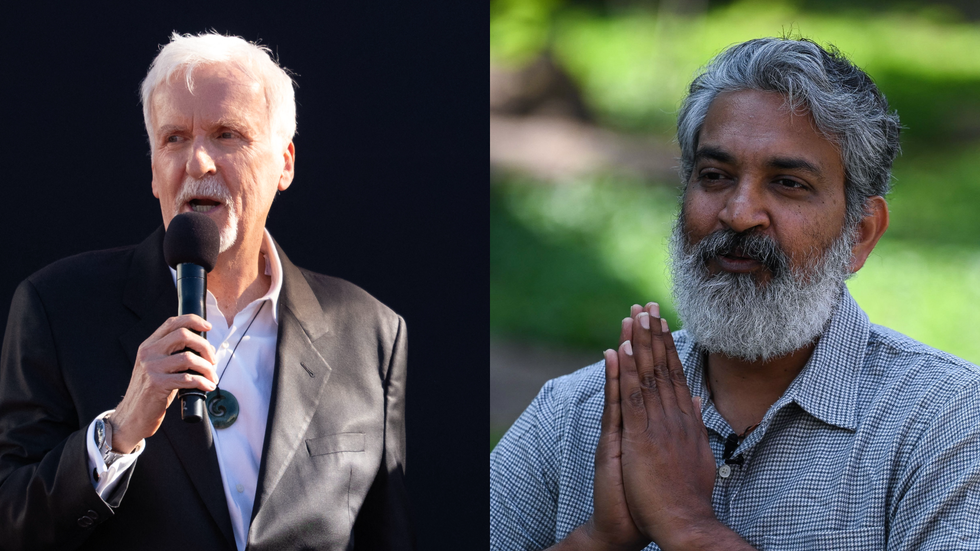Today is the 42nd day of lockdown in India, and nobody knows as to when COVID-19 restrictions will be lifted and things will return to normalcy. Talking about Bollywood in particular, several big-ticket films have missed their date with cinemas over the past few weeks.
With no clarity on how long the ongoing situation will persist, several filmmakers are eyeing a direct to digital release for their films which are completely ready. Recently, rumours emerged that Dharma Productions’ forthcoming production venture Gunjan Saxena: The Kargil Girl will release directly on an OTT platform.
Aside from that, several media outlets also reported that Dharma Productions’ hugely anticipated release Brahmastra, which stars Ranbir Kapoor, Alia Bhatt, Mouni Roy and Amitabh Bachchan in lead roles, is facing financial constraints due to the number of delays it has incurred thus far.
However, Karan Johar has now hit back at a section of the media which have been spreading baseless news about the status of his forthcoming production ventures and whether they will go directly on digital platforms or not.
Taking to social media, Johar said, “My hugest request to my media friends not to reach any assumptions on our fraternity films. These are challenging times for the business and false news only makes the situation worse! Please wait for official news on any account! This is a humble request.”
Dharma Productions’ slate of upcoming films for the year 2020 include Sooryavanshi, Gunjan Saxena: The Kargil Girl, Shershaah, Dostana 2 and Brahmastra. Starring Akshay Kumar and Katrina Kaif in lead roles, Sooryavanshi was scheduled to arrive in theatres on 24th March. However, the makers postponed the film due to the Coronavirus lockdown. The new release date is yet to be finalized.





 James Cameron offers to film sequences for SS Rajamouli’s 'Varanasi' during production Getty Images
James Cameron offers to film sequences for SS Rajamouli’s 'Varanasi' during production Getty Images 






